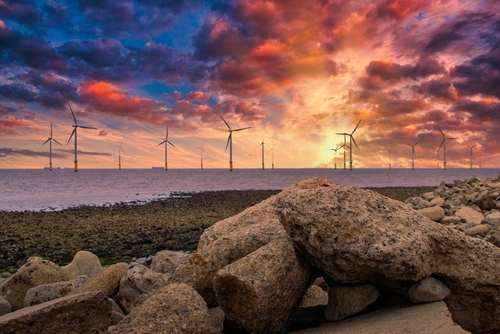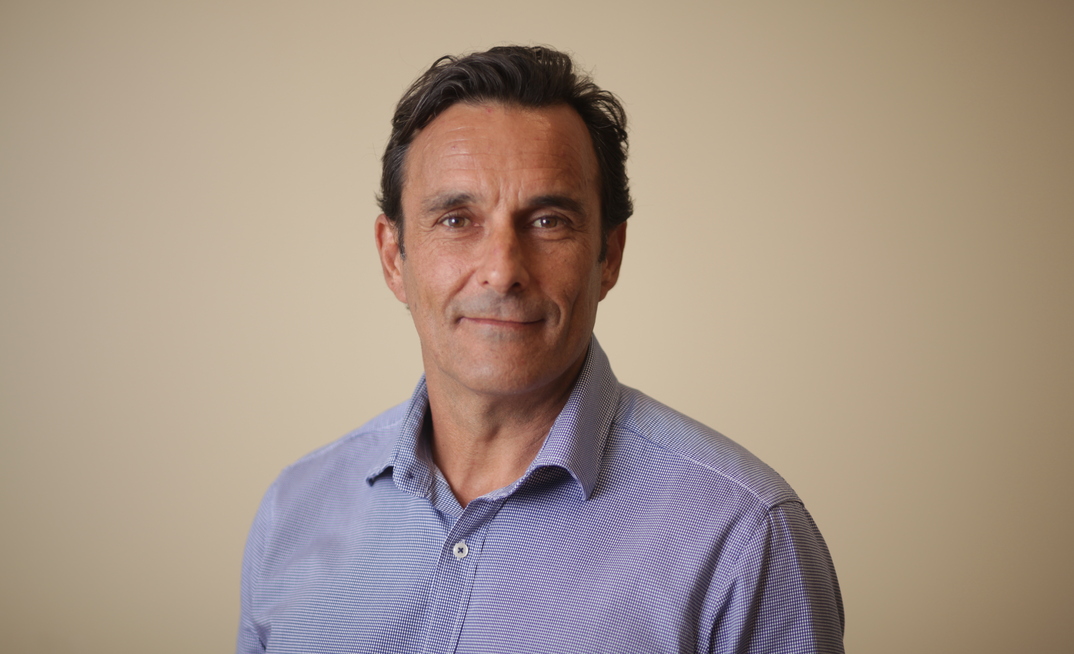The prominence of renewable energy sources in pursuing a sustainable energy future is universally acknowledged. However, amidst the discourse lies a contentious issue concerning the role of fossil fuels, notably LNG, in this transition.
Michael Ottaviano is a pivotal figure behind the development of renewables such as wind, solar, hydro, and green hydrogen in supplanting coal and oil in Australia. Yet, he hesitates when discussing LNG's place in this evolution.
"Targeting 82% by 2030 of onshore renewables contribution to the system across Australia, the cheapest way to achieve this involves a blend of wind, solar, storage, and a modest portion of LNG," Ottaviano concedes, emphasising LNG's role as a peaking or affirming resource.
However, Ottaviano said that while gas can aid in bridging the renewable energy gap, it shouldn't dominate. "When relying solely on solar, wind, and batteries, the final 10% of renewable energy becomes increasingly expensive. Gas can play a significant role in filling this gap, though it shouldn't dominate," he adds.
YOU MIGHT ALSO LIKE
He elaborates on the evolving dynamics of energy storage, suggesting that gas holds more significant promise in the manufacturing sector than in power generation, serving as a versatile feedstock or fuel source for various processes.
Whether you agree or disagree with Ottaviano's perspective, his company, the world's largest pure-play sustainability consultancy, has a 50-year legacy in advising clients on renewable energy projects in Australia. This comes up to a deployment of 20 gigawatts of wind, solar, and hydrogen projects nationwide.
ERM is dedicated to projects that have a net positive climate impact, and Ottaviano emphasises its substantial focus on Australia, its largest Asia Pacific market.
Targeting offshore wind power
Already involved in significant projects like Engie's Engie Plains Wind Farm, RES's Kerrs Creek Wind Farm, and Cubico's Wambo Wind Farm, the company is targeting Australia's burgeoning offshore wind market.
"Offshore wind presents a remarkable opportunity for expanding wind power generation, particularly in regions characterised by strong winds and remote populations," Ottaviano asserts, pointing to Victoria, specifically Gippsland, as a burgeoning hub for offshore wind development.

While acknowledging offshore wind's competitiveness, Ottaviano underscores its advantages, including higher capacity and economies of scale, which drive down costs per unit of power generated.
However, the transition to offshore wind in Australia comes with substantial costs, potentially hindering widespread adoption. Ottaviano acknowledges the financial hurdles associated with offshore deployment, emphasising the need for careful consideration of costs against the benefits it offers to the energy mix.
Is the government helping or hindering offshore wind?
In assessing the government's role, Ottaviano lauds positive strides such as offshore wind expansion and substantial investments in renewables and storage. However, he emphasises the need for coordination between state and federal regulations, which when lacking leads to disparities in procedures across states, adding unnecessary complexity and cost to energy projects.
Fuel Subsidies Debate: Ottaviano Calls for Electrification in Mining
Ottaviano suggests providing more incentives to encourage mining companies to switch their fleets to electric vehicles. This would be part of a bigger effort to promote renewable energy.
There's an ongoing debate about the diesel fuel rebate, also known as the Fuel Tax Credits (FTC) scheme. This scheme reimburses businesses for the taxes they paid on diesel fuel used in eligible activities, like mining operations.
Those who support the rebate argue that it's necessary to help mining companies stay competitive globally. However, critics say that it encourages the use of fossil fuels and benefits big corporations too much. "Australian taxpayers are subsidising the mining industry's diesel usage to the tune of $8 billion annually," Ottaviano asserts, underlining the magnitude of fiscal support directed towards this sector.
As discussions persist, Ottaviano's call for increased focus on electrification within mining serves as a catalyst for reconsidering the role of fuel subsidies in advancing sustainable energy transitions.
























